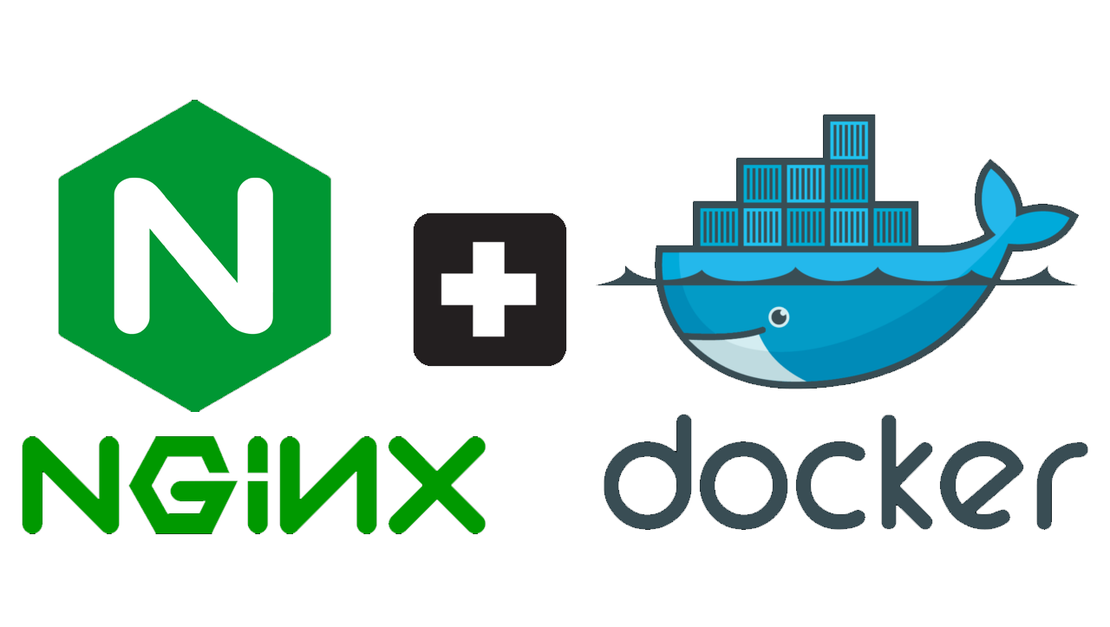
Nginx Reverse Proxy and Docker
- Harun Bekri
- Technology
- December 11, 2023
Let’s explore how Nginx reverse proxy and Docker can boost your app’s scalability and performance.
Containerizing the Backend Server: You package your backend server code, along with any required dependencies, into a Docker image. The image contains everything needed to run your backend server, such as the programming language runtime, libraries, and application code.
Creating and Running Containers: You can create multiple containers from the same image. Each container is an isolated runtime environment that runs an instance of your backend server. These containers are lightweight, fast to start and use system resources efficiently.
Web Server Routing: A web server, such as Nginx or Apache, can be set up as a reverse proxy to distribute incoming requests among the Docker containers running your backend servers. The web server acts as a central entry point for all requests, and based on certain rules or load-balancing algorithms, it forwards requests to the appropriate container.
Scalability: Here’s where the magic happens! With Docker’s containerization and Nginx’s reverse proxy capabilities, we gain the ability to scale our backend servers horizontally. We can effortlessly spin up additional Docker containers to handle increased traffic or distribute the load across multiple containers, ensuring optimal performance, reliability, and scalability.
In conclusion, Containerizing the backend server simplifies deployment and ensures consistency across different environments. Docker’s lightweight and isolated containers enable swift scaling, allowing you to respond dynamically to fluctuations in traffic volume. Meanwhile, Nginx’s reverse proxy capabilities serve as a powerful orchestrator, efficiently routing requests to the appropriate backend containers. This centralized entry point streamlines traffic management and load balancing, optimizing the overall performance and reliability of your application.


